In chiseled and silvered bronze, decorated with putti scenes in the style of Claude Michel dit Clodion (1738-1814), symbolizing Allegories of Arts, Sciences and Letters in light relief on three sides,
Heart friezes, ribbons, fluted sides.
Handle in flower shape, with its original key.
It rests on broad foliated feet, wooden background and interior in original velvet.
Late 19th Century
Circa 1870
Claude Michel, dit Clodion, born December 20, 1738, in Nancy, died March 29, 1814, in Paris, nephew of the Adams, pupil of Pigalle and son-in-law of the sculptor Pajou, he had remained in Italy for nine years where he discovered the Roman and Hellenistic terra cottas in the excavations of Pompeii. From then on, ancient art inspired Clodion who specialized in terracotta, ceramic sculpture and decorative bas-relief. He was one of the most representative French sculptors who worked in the Rococo style.
During the reign of Louis XVI, Clodion made important commissions with various relief techniques and round sculptures. He practiced bronze casting and baking in terracotta and excelled in casting mythological and allegorical figures, such as groups of dancers, nymphs, satyrs and interlaced bacchantes or terracotta dancers. Clodion also left behind examples of his master in marble work in which he was also a recognized expert.
In 1755, Clodion went to Paris and entered the studio of the sculptor Lambert-Sigisbert Adam, his uncle. When his uncle died, he became a pupil of J.B. Pigalle. In 1759 he won the Grand Prize for Sculpture from the Royal Academy of Painting and Sculpture and in 1761 he received the first silver medal for his model studies.
He went to Italy in 1762 and shared a studio with Jean-Antoine Houdon. Member of the Académie de France in Rome, he succeeded quickly.
This is why he made marbles for the Empress Catherine II and for the Duke of La Rochefoucauld. In 1771, Clodion returned to Paris and enjoyed tremendous success. He exhibited regularly at the Salon.
He collaborated with the architect Brongniart between 1775 and 1782 to create the stone decor of the financial hotel Bouret de Vézelayet and the facade of the convent of the Capuchins. He also designed the bathroom of the Hotel de Besenval. The artist, one of the references of monumental sculpture at the beginning of the reign of Louis XVI, made for the king a statue of Montesquieu which was intended for the Grand Gallery of the Louvre. The marble statue was exhibited at the Salon in 1783.
He worked on public monuments in Paris, such as the execution of the marble relief of the triumphal arch of the Carrousel which represents the entrance of Napoleon to Munich.


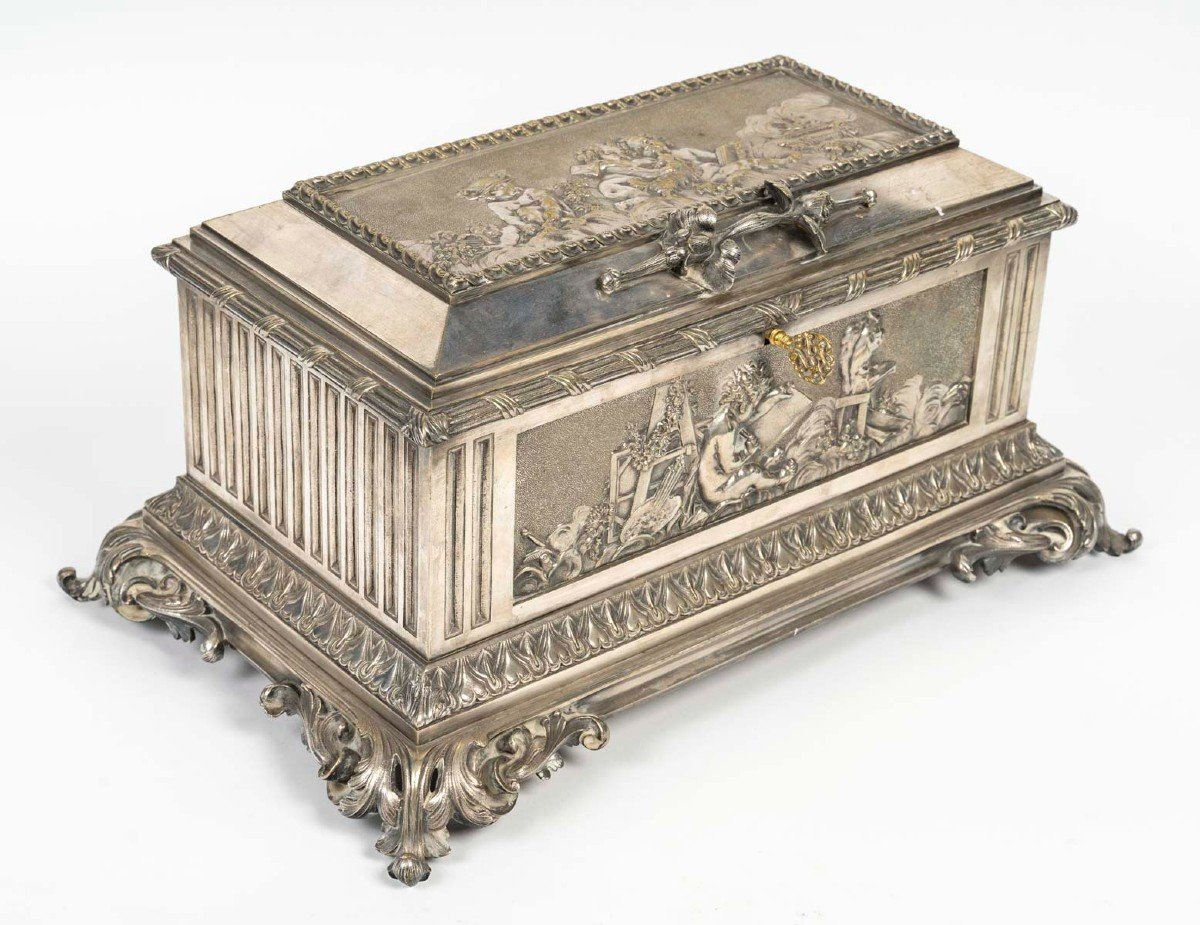
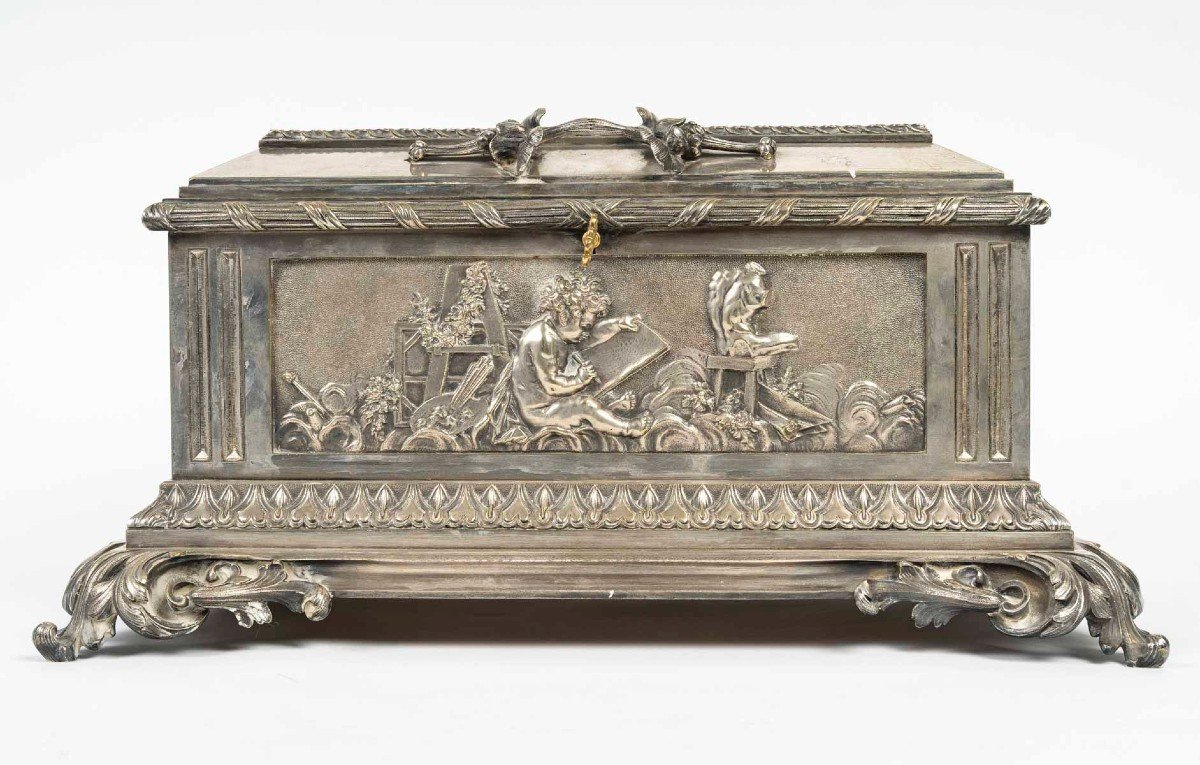






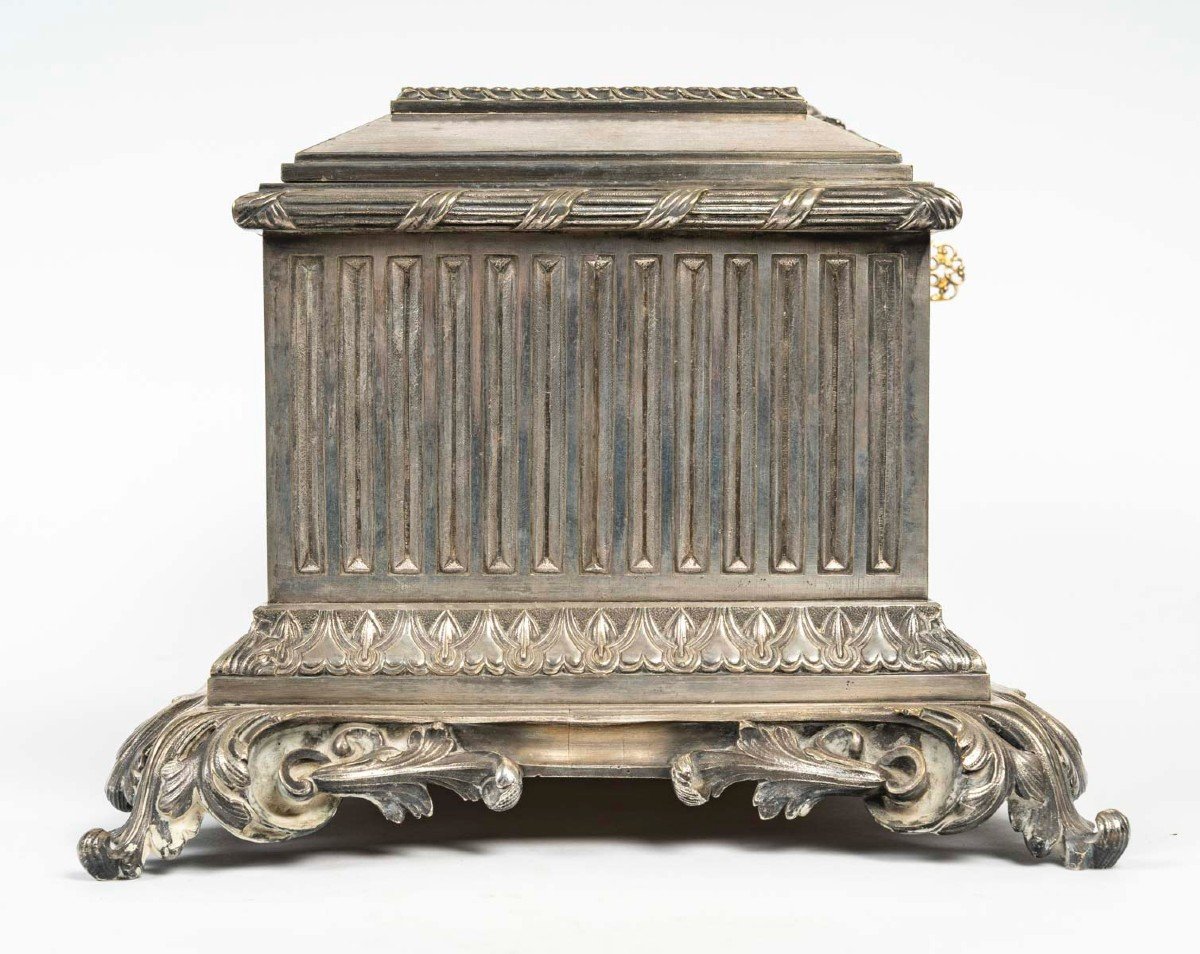






















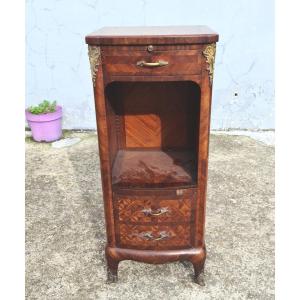
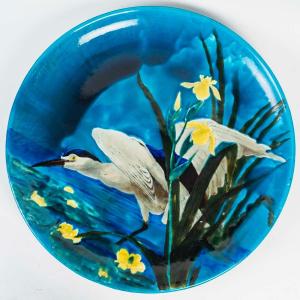


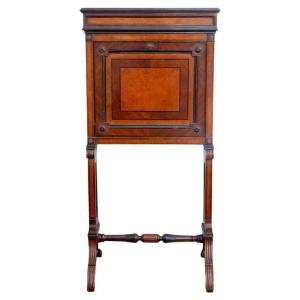








 Le Magazine de PROANTIC
Le Magazine de PROANTIC TRÉSORS Magazine
TRÉSORS Magazine Rivista Artiquariato
Rivista Artiquariato